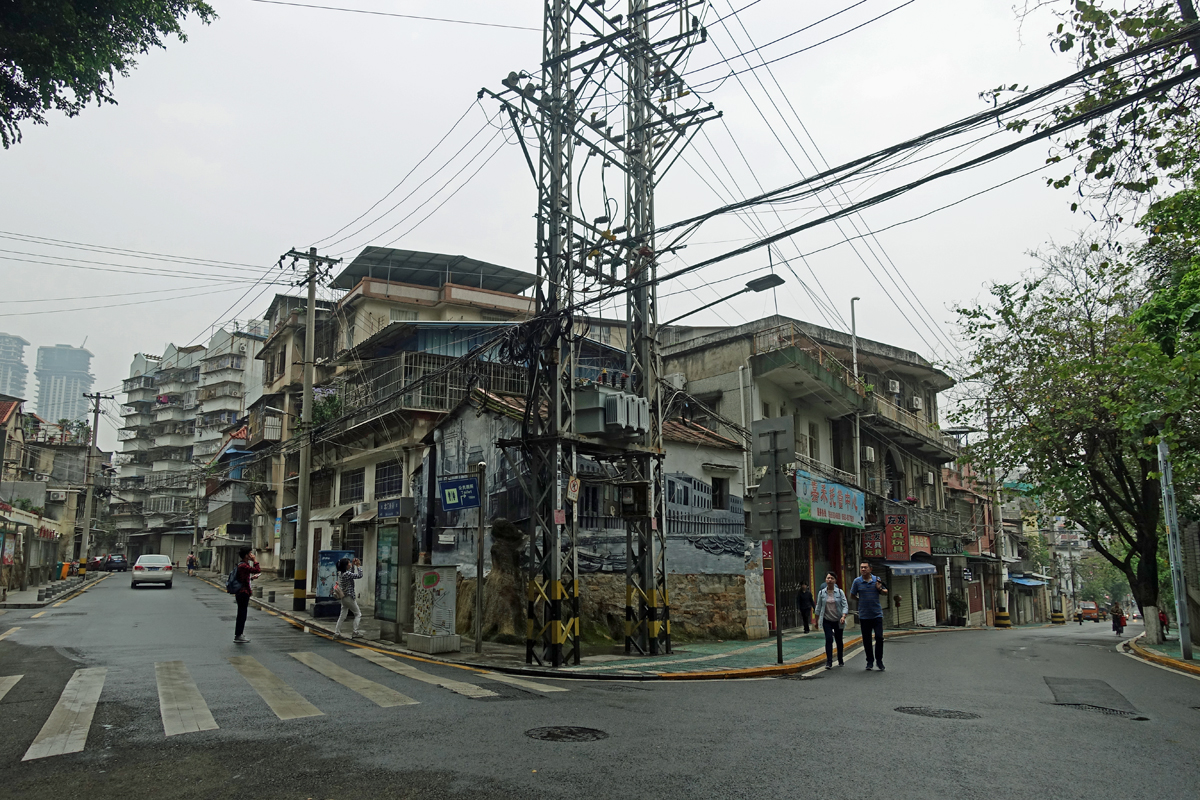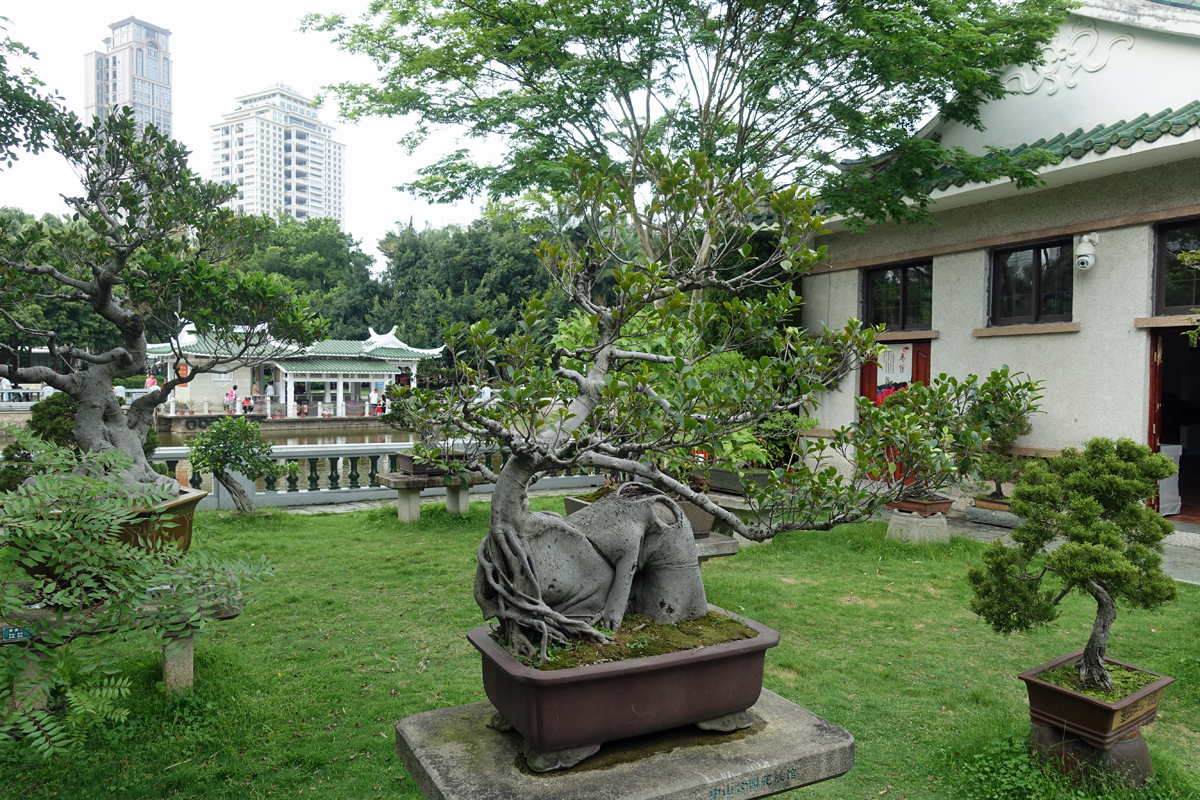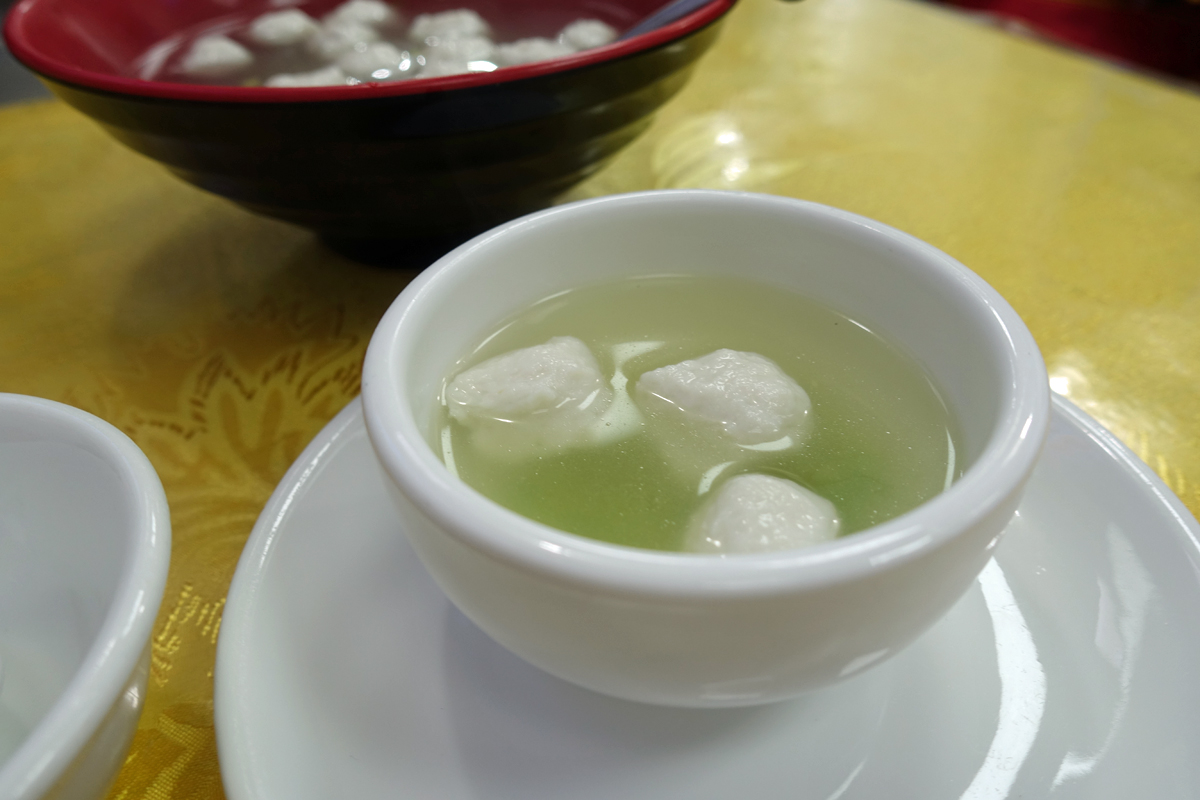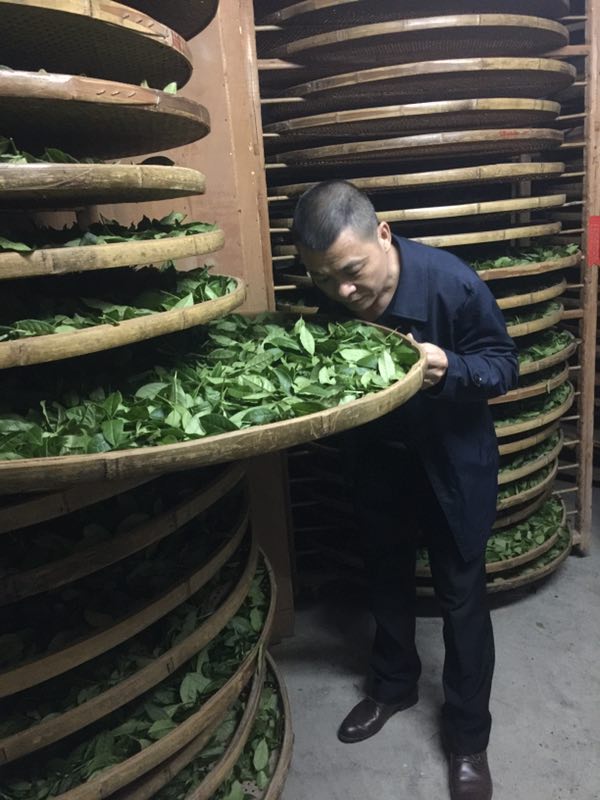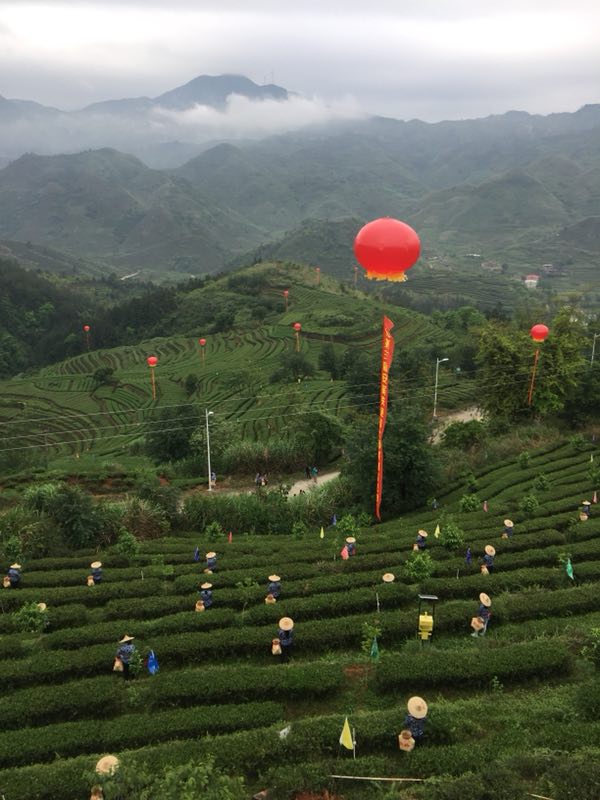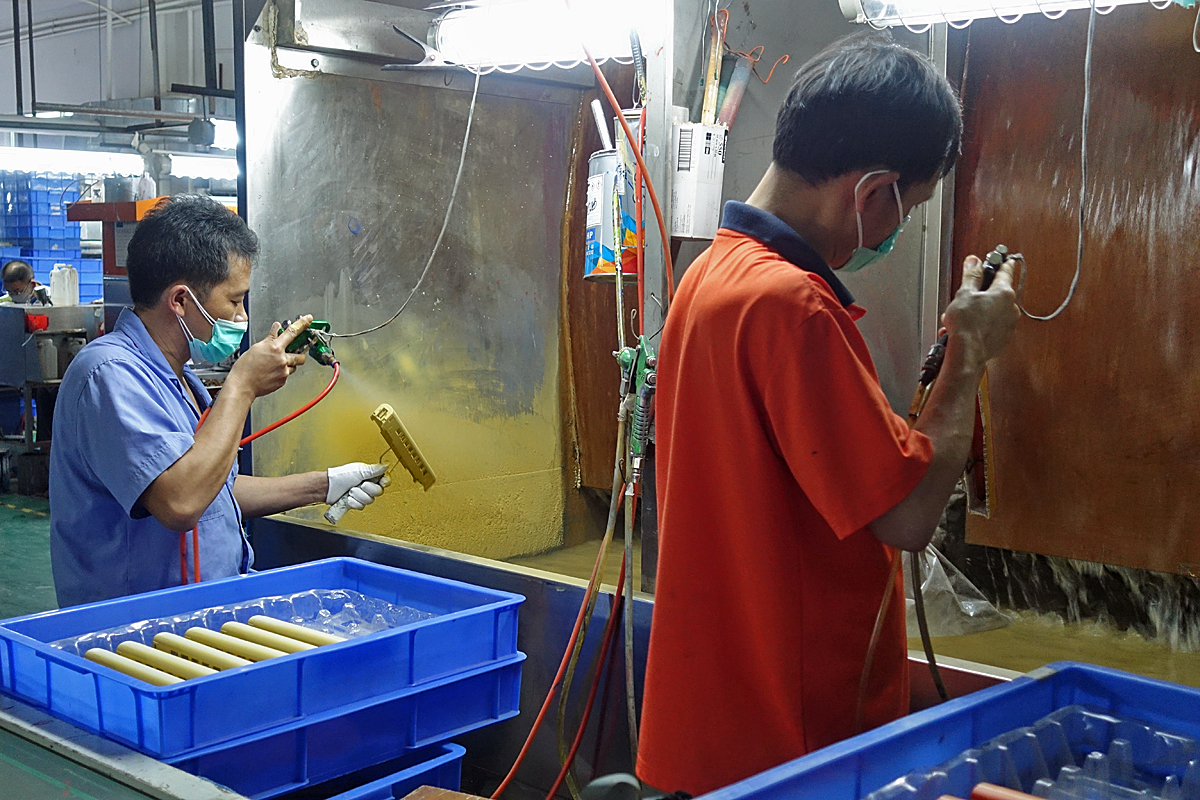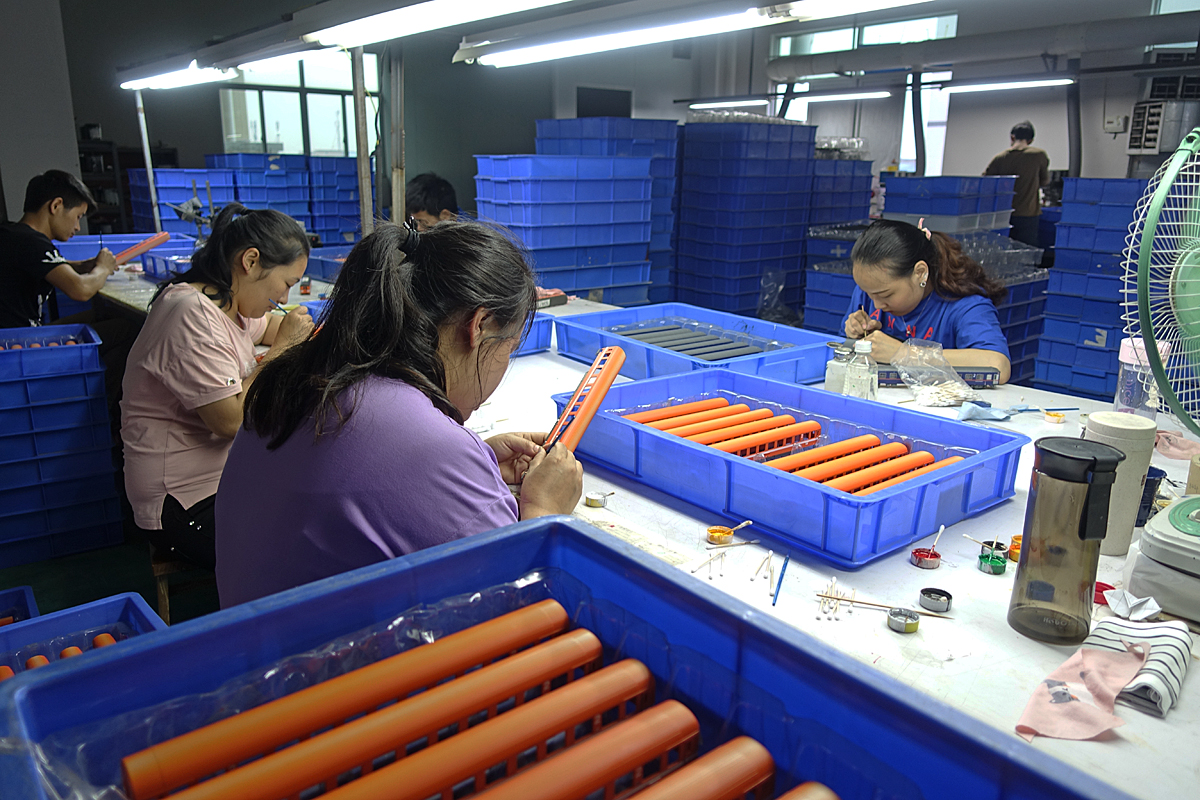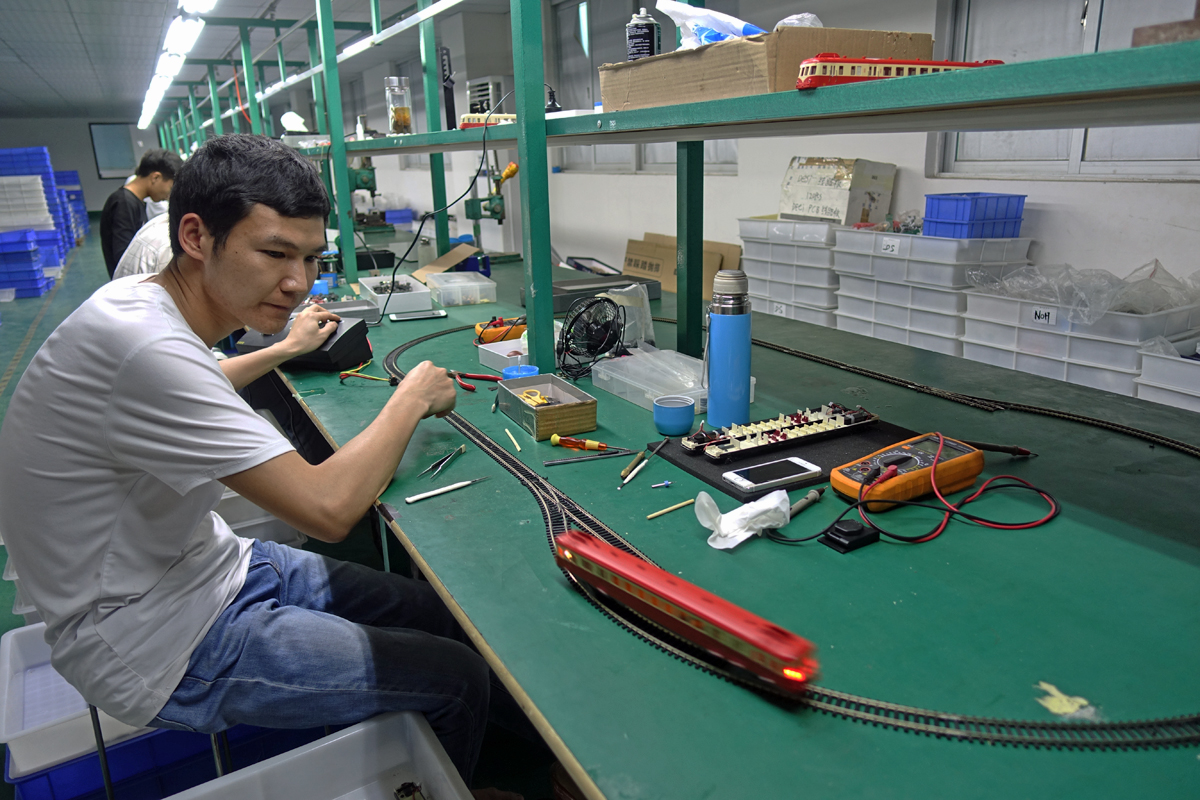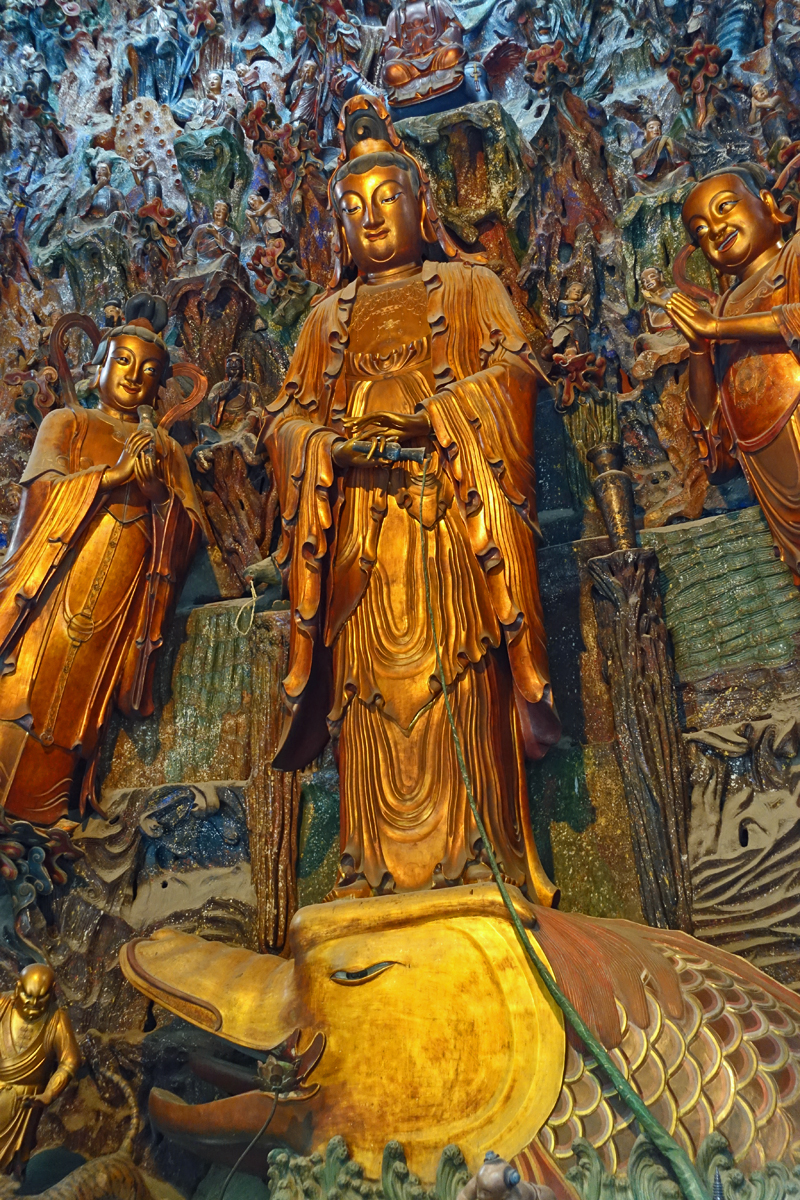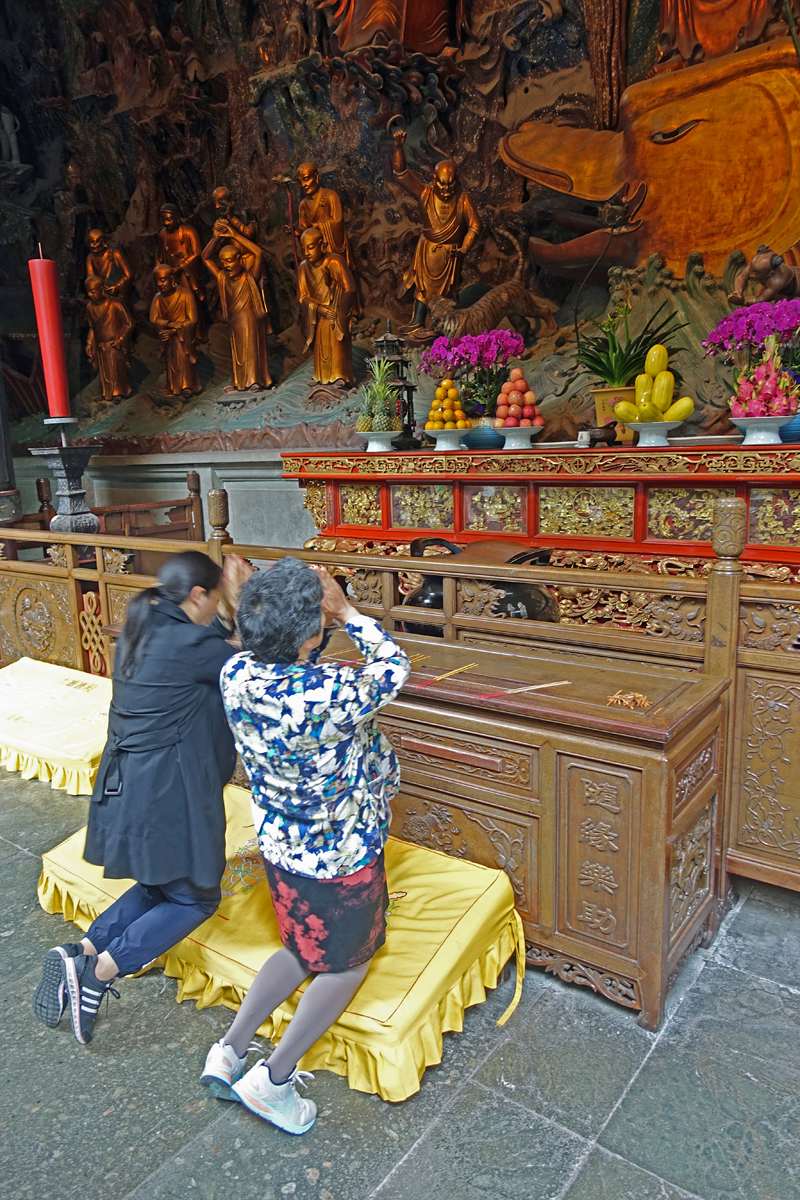Merchant city Xiamen (Amoy)
“Amoy is nu te zien: het gegons wordt luider, het tussendek is leeggelopen op kisten, kooien, manden en enkele doodzwakken en stervenden na, die in hun vuil liggen. Velen herkennen nu de kust, en de bruine helling van de hoge stenen van Kau Lung Seu. Anderen hebben Amoy nooit gezien maar herkennen het toch. Bijna niemand zal er blijven, Amoy zuigt landverhuizers in en spuwt ze weer uit, in en uit, uit en in.”
I do love Xiamen, once known as Amoy in the Hokkien language. Xiamen is built on an island. It has a distinct dialect and cuisine. Xiamen also has a subtropical climate and the people of Xiamen love their plants. The old part of town has few high rise buildings, many small alleys and a food market to explore.
Dutch poet and novelist J. Slauerhoff painted a dark, grim picture of Amoy in his book ‘Het Leven op Aarde’ (1934). Much has changed since the 1930s.
“Nacht, zwaarheet en sterreloos over land en zee. De lucht, volgezogen met een hitte die zij nergens aan af kan staan, aan het geblakerde land niet, aan de zee niet, met de gloed van een lange dag verzadigd, worgt het leven. Niets beweegt. ”
City marketing in Xiamen.
The people of Xiamen love their plants. My hotel was at walking distance from Zhongshan Park which had fine collection of bonsai trees. The park was opened in 1931 to honour Dr. Sun Yat-sen in China known as Sun Zhongshan, instrumental in the overthrow of the Qing dynasty, the last imperial dynasty before the Republic of China (1912–1949) was established.
Xiamen food culture
Xiamen has a distinct cuisine, influenced by overseas Chinese over the centuries. The Chinese diaspora in Malaysia, Singapore, Indonesia and the Philippines originates from the south-eastern part of Fujian Province. There is peanut sauce and Sha Cha Mian (沙茶面), which reminded me of Laksa soup. Sand worm jelly (土笋冻) is basically a street food. The sand worm is cooked in water and it releases its natural gelatine in the water. The worms and water are poured into moulds. As it cools down the jelly forms. Mine was served with soy sauce, chilli powder and fresh coriander leaves.
Fresh crab
I had a crab prepared for me, which I could choose among many crabs from a fish tank. I was a bit sceptical when the restaurant owner was weighing the animal; you pay by weight. But the dish looked stunning afterwards. It was very difficult to eat however. They were surprised I couldn't crack the shell with my teeth like a proper human being, so they gave me a pair of scissors.
Dazhong Sate Noodles
On Zhongshan Road 49 there is a small shop serving Sha Cha Mian (沙茶面) a peanutty soup with Malaysian flavours. The Sha Cha Mian was served in humble paper cups.
Xiamen is packed with small eateries. For a quick lunch I had noodles mixed with peanut sauce and a bowl of wonton soup. I love these noodle shops.
The last restaurant I went to was another noodle place famous from television if I understand the poster outside correctly. In the ‘kitchen’ you were able to choose the stock and select your toppings. I had planned to get a similar soup similar to Sha Cha Mian, but for some reason I ended up with a more plain meat broth. Still, it was a great noodle soup. I selected blood cake, tripe, lung pipe, small eggs, fish balls and greens as toppings.
